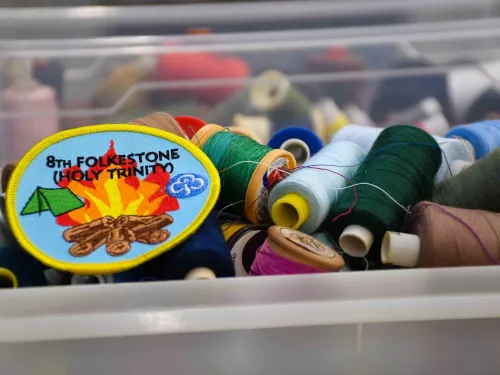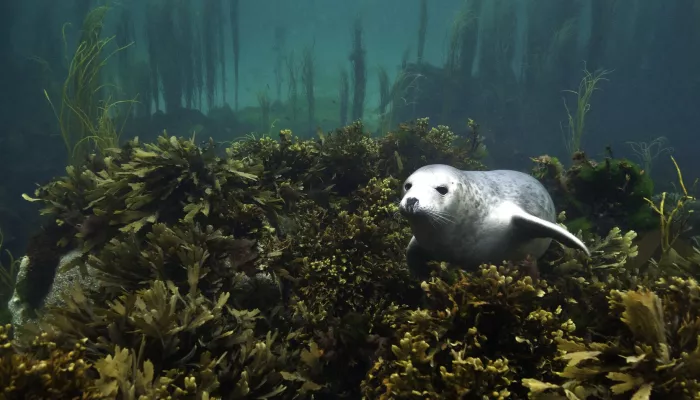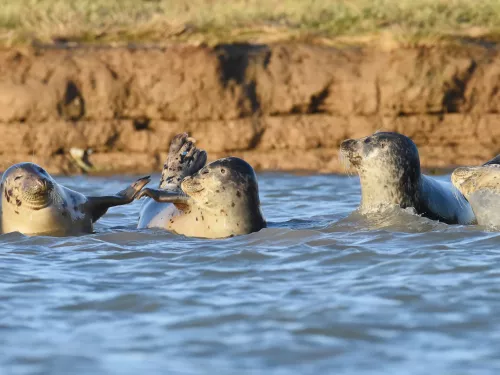
National Marine Week: Blue Influencers
Those of you who have been following the development of the Blue Influencers Scheme being delivered by Kent Wildlife Trust may recall that KWT successfully bid for funding from The Ernest Cook Trust and the #iwill Fund and were awarded £20,000 a year for…



